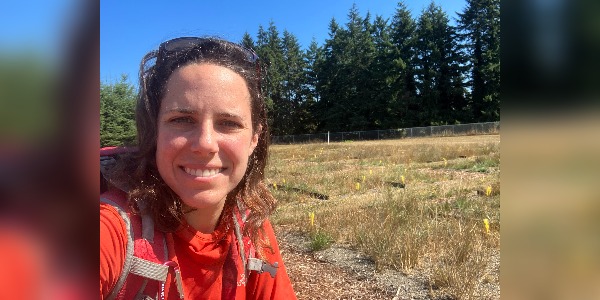The Hierarchy of Predictability
A recent publication in Ecological Applications used open-access North American data collected as apart of GRP database to test the “hierarchy of predictability” hypothesis.
This hypothesis states that different restoration outcomes, such as species diversity or physical structure, would be differently predictable according to an order from coarse to fine community properties, and that predictability of restoration outcomes would increase with more severe environmental conditions constraining species establishment.
Using data from seed-based restoration projects in the United States located along an aridity gradient, we encountered mixed support for the hypothesis. While fine-scale outcomes such as species composition followed the original hypothesis, other outcomes such as functional composition were less predictable in more arid sites. Based on our results, we discuss additional factors that might influence the predictability of restoration outcomes beyond those originally proposed in the hypothesis, and emphasize the importance of continuous monitoring and active management beyond one-time seed addition for successful grassland restoration in the United States.

This study was led by Diana Bertuol-Garcia, a PhD Candidate at the University of Victoria, working under the supervision of Dr. Nancy Shackelford. Diana’s research spans restoration and community ecology, focusing on the trait-based drivers of grassland resilience to drought and the potential implications for grassland restoration in the face of climate change. For her work on this paper, Diana earned the 3rd place in the Early Career Publication Award of the Ecological Society of America restoration section. She has also been awarded the Organization of American States Graduate Scholarship and the Lorene Kennedy Field Award from the School of Environmental Studies at the University of Victoria.
See original paper:
- Diana Bertuol-Garcia, Emma Ladouceur, Lars A. Brudvig, Daniel C. Laughlin, Seth M. Munson, Michael F. Curran, Kirk W. Davies, Lauren N. Svejcar, Nancy Shackelford 2023 Testing the hierarchy of predictability in grassland restoration across a gradient of environmental severity Ecological Applications